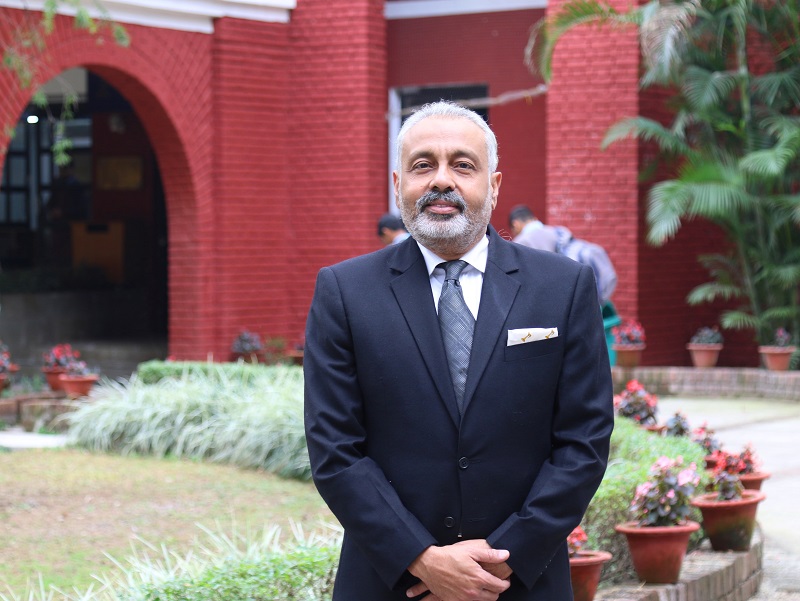Building Skills for Life-Future of Education and Work

What matters most when looking for work’ is a debate as old as higher education itself. Higher education is caught in a perplexing quandary. On the one hand, employers have expressed growing concern about the gap between education and employability. On the other hand, the cost of higher education is rapidly rising. It should come as no surprise that public perception of higher education in India has deteriorated in recent years, and academic institutions are embroiled in an increasingly polarized debate. The health of many academic institutions in India is precarious, indicating that structural issues are deeply ingrained. “One thing is certain: we are entering an era in which education is a lifelong endeavor. With today’s rapid pace of change, there are fewer and fewer jobs where you can expect the knowledge you gain in school or university to last you until retirement.” Says Anoop Singh Bishnoi, Chairman of The Doon School, Dehradun. “The point I want to make is that the people w...





